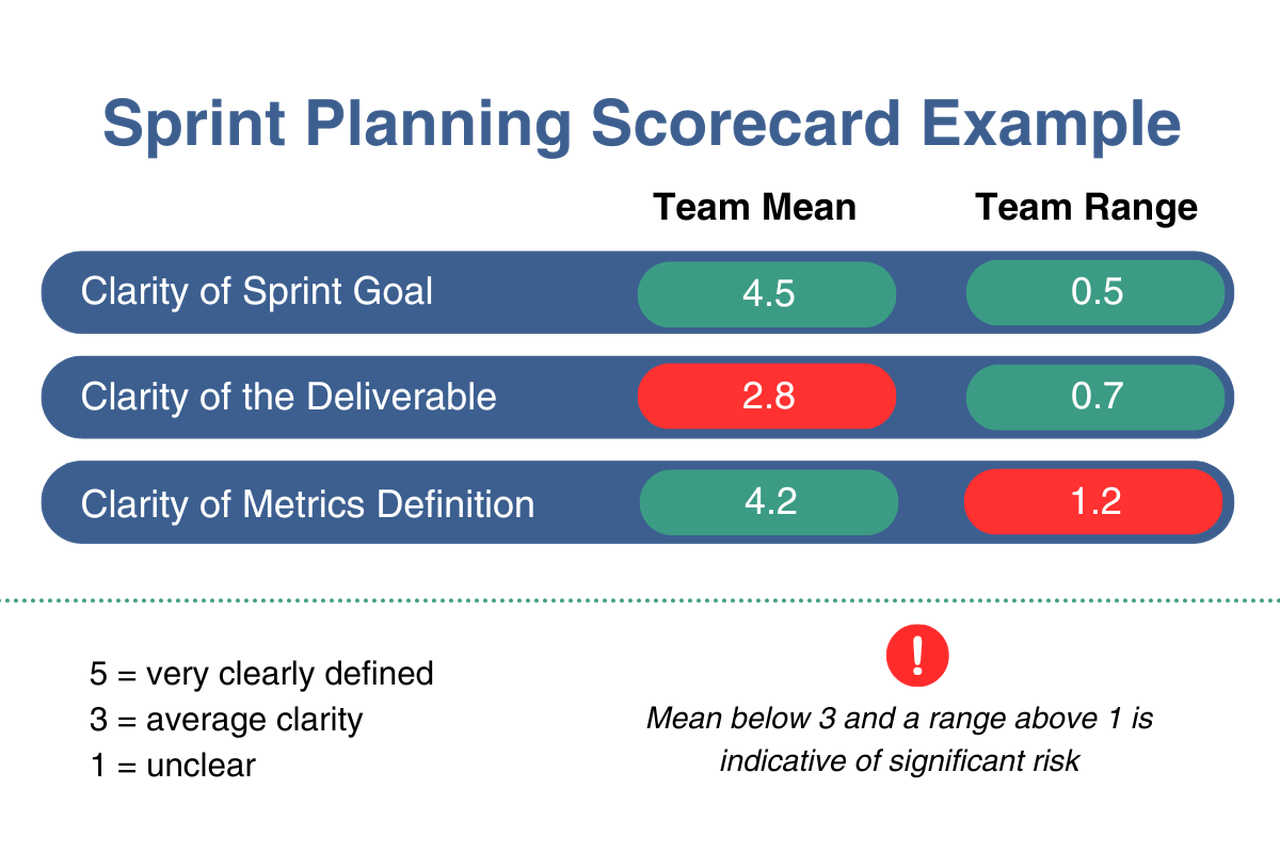The Sprint Planning Scorecard Increases Project Predictability
Agile is not just for software anymore. Many companies that develop tangible products – be they hardware or mixed software/hardware systems – are applying techniques borrowed from Agile. By combining Agile with traditional Phase-Gate/Milestone processes, they are accelerating programs and delivering winning products. Although, many tools & methods of Agile do apply to non-software environments, they require modification to address hardware’s unique challenges. The best organizations combine modified Agile techniques with more traditional approaches to speed products to market.
Sprints are a technique from the Agile toolbox often applied to tangible products. A sprint is a short, uninterrupted period during which an agile team executes tasks within a project. Once the team defines the goal, the deliverable and the acceptance criteria associated with the sprint, it goes into action without interruption.
The purpose of the Sprint Planning Scorecard is to identify and resolve differences and/or knowledge gaps relative to the goals, deliverables and acceptance criteria of a sprint. It is the fastest and most effective way to resolve issues early and measure team performance, before the team starts its work. And it creates a formal framework to find the gaps, where teams have different conceptions of the goals and deliverables. It also helps provide a framework to encourage and improve team communications.
Define Sprint Goals, Deliverables and Metrics
First the team must have defined goals, deliverables and metrics for each sprint. To create crystal clear, actionable goals, keep the end in mind. Ask: What is the goal or acceptance criteria for sprint success? Then reason backward from the goal to the precise deliverables that will deliver it. Ask: What are the key deliverables that lead to the goal? Finally, define the metrics that will evaluate the sprint’s success. Think small, in baby steps. Ask: Are the metrics objective, easy to collect and display? Where necessary, define a target curve for your metrics. Do you expect linear progress, or is progress uneven? Make sure that the metrics reward what you truly wish to deliver. Once you define your metrics, the team will work toward them, recording insights. If the metrics aren’t correct, then unintended, often negative consequences, tend to follow.
Take the time to do the sprint planning. It is a key success factor in applying Agile to tangible products. Since sprints are uninterrupted periods of work, an error or a lack of clarity at the beginning can have measurable consequences, especially wasted time and effort. Remember that time is gained or lost every day at the team level.
Create the Sprint Planning Scorecard
This is where the Sprint Planning Scorecard enters the picture. After the team defines the sprint criteria, and those criteria are approved, use the Scorecard to evaluate them. Individual team members fill out the Scorecard independently to determine the overall quality of the criteria and where there are differences of opinion or knowledge gaps around them. By creating consensus around the criteria, the Scorecard reduces risk and increases the predictability of the sprint.
The figure below shows a sample scorecard.

In the example above, we consider two parameters: Mean and Range.
Mean indicates overall clarity of the attribute; any score </= 3 should be re-written to have a higher level of clarity.
Range indicates variance between scores. For example, if you have a Range >/= 1, there are people on the team that think the clarity is high, while others disagree. This disparity remains hidden if you look only at the Mean. Address these disparities before the team proceeds.
To leverage the Scorecard to maximum effect, take the following steps:
- Discuss each point to ensure the team has a shared understanding of each item.
- Each team member should fill out the scorecard independently.
- A team member collects the scores and creates a simple spreadsheet as in the graphic above.
- Highlight the categories if the mean is three or less.
- Highlight the range (standard deviation) if it is greater than one.
- Discuss and resolve any issues in these highlighted categories before kicking off the sprint.
The Scorecard is adapted from Edith Wilson’s work at HP back in the 1990s. Wilson applied her Scorecard to Product Definition, but it is a deceptively simple tool that your team may adapt to many other applications, including sprint planning for Agile development.
Applying Agile processes to tangible products requires discipline. But it rewards the effort. The key is to have a consistent approach that ensures that each sprint pushes the project along toward the goal of developing a spectacular product. The sprint planning process, including the Sprint Planning Scorecard, are tools in your toolbox that help to improve clarity and communication and improve team performance. It is one small step that allows you to put one foot in front of the other, throughout a lengthy process. It helps improve each step in a journey of a thousand miles.
